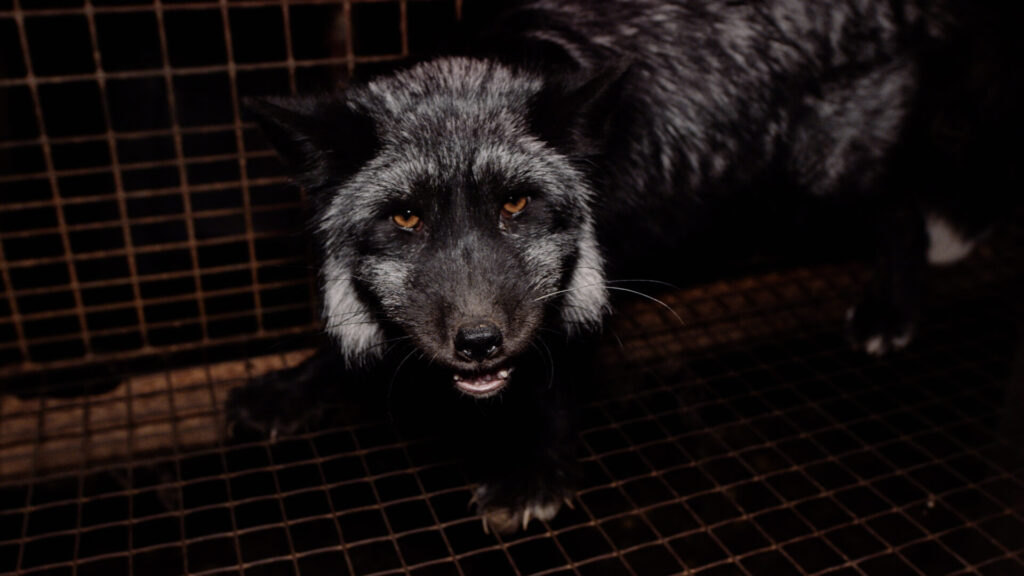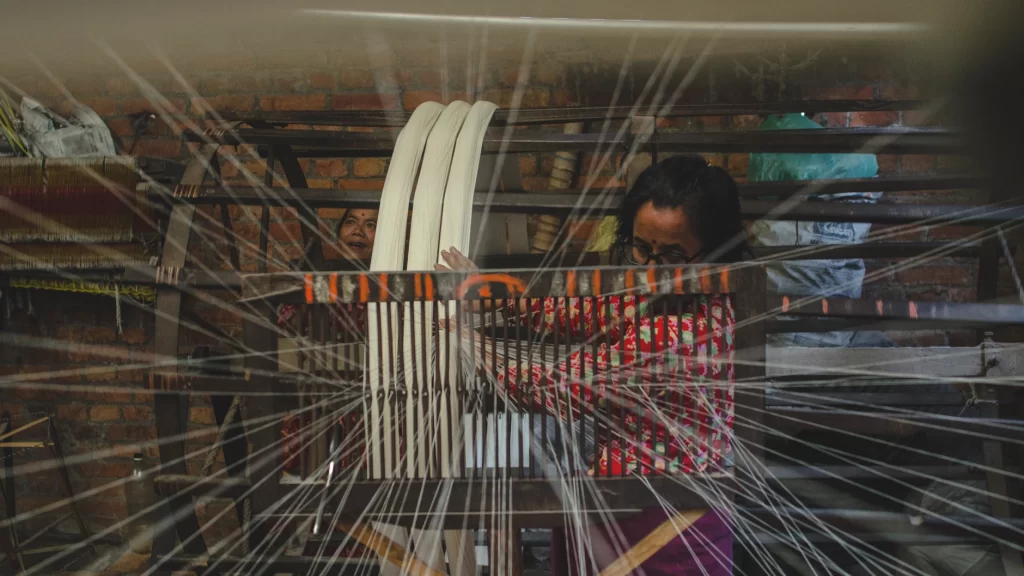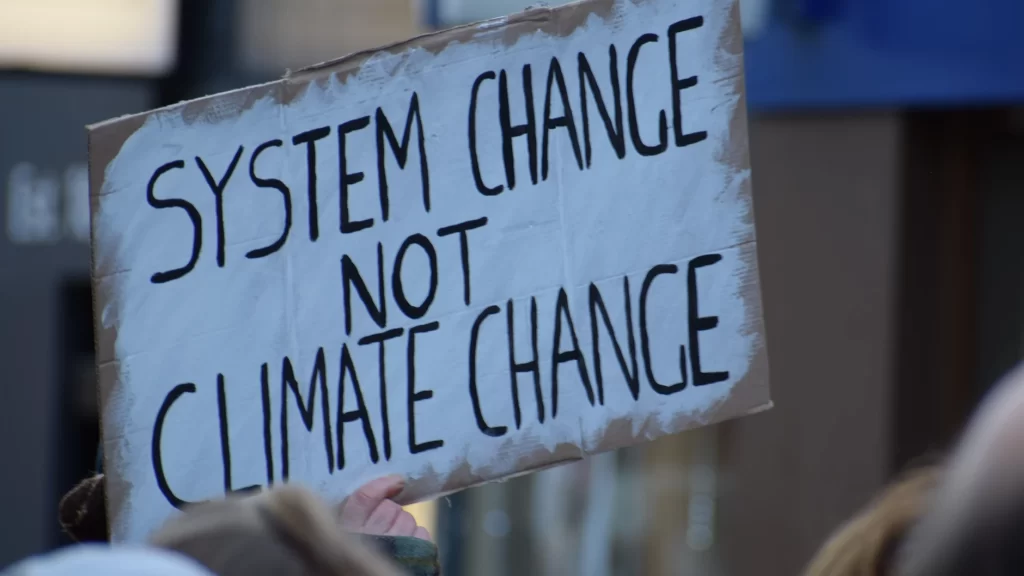Cruelty-free. Vegan. Ethical.
What do these terms mean?
Do they have something in common?
Earlier this year, I happened to watch Slay, a documentary that exposes the behind-the-scenes of the fur, wool and leather industries… how the animals are exploited for trendy garments, and the myths the fashion industry has not only been perpetuating but hiding behind. I was left at a loss of words and overwhelmed by emotions. ‘If only these slaughterhouses had glass windows, we’d all be vegetarian’–a line from the documentary that couldn’t ring more true to what I felt. Well, I’ve been vegetarian ever since. The movie also gave me an impetus to further my research on and around ‘cruelty-free’ fashion and alternatives to animal products in our clothes and accessories.
So, what is cruelty-free fashion, and is it really better? We’re breaking it down for you.

What is cruelty-free?
When it comes to beauty and fashion, cruelty-free is a major buzzword. You might have seen it flashed across various beauty products, and even in marketing campaigns by international luxury brands. However, cruelty-free is a term mostly popular in the beauty industry to describe products that have not been tested on animals. According to PETA, cruelty-free means that a company or brand has taken the position that it won’t allow any tests on animals, including in its supply chain, for any reason.
Cruelty-free vs Vegan
Mostly associated with food or lifestyle, the term vegan has gained massive popularity, lately, in the fashion and beauty industries. Although both cruelty-free and vegan have similar implications, they cannot, however, be used interchangeably in the beauty industry. For example, the label cruelty-free means that no animals were involved in the production process and vegan label entails that the final product does not contain any substances of animal origin. Hence, a beauty product can be labelled vegan but might not be cruelty-free and vice versa. On the other hand, the term cruelty-free or vegan can be used interchangeably in the fashion industry, and they simply mean that there was no use of animal-based materials.

What’s going on with animals in fashion?
Every year billions of animals suffer and die for clothing and accessories. However, the fashion industry has been completely disingenuous with the facts. For instance, the fur industry has long been positioning fur as biodegradable, sustainable and natural in contrast to faux fur, which is far from true. According to CE Delft, as shown in Slay, animal fur produces 7.5 times more emissions than synthetic faux fur and only 25% of a fur pelt biodegrades, according to a study by Sustainable Fur. Not to mention, these animals are killed for fur in the most inhumane ways. Over 100 million animals are killed for fur every year, states a report by Fur Free Alliance. In a similar way, the leather industry has long argued that leather is just a by-product of the meat industry. This is far from true. The leather industry is, in fact, responsible for most of the deforestation in the Amazon, with most of the forest area being cleared for grazing. A study by Circumfauna has revealed that the methane emissions from the production of leather is far more than the emissions produced by the skins rotting in the dumping grounds.

Animal agriculture, as a whole, isn’t sustainable either, so any material that comes out of animal agriculture isn’t going to be sustainable—including wool. The sheep bred for wool go through immense psychological and physical stress. Not just the sheep, lambs as young as a few weeks old go through painful procedures of mulesing, castration and tail docking. And this just the tip of the iceberg!

The problems with cruelty-free
Cruelty-free guarantees that the product, through the production or manufacturing process, does not use any material from animals. However, it still falls short on the environmental impact and how that directly affects animals. For example, the contaminated water released into the rivers from fabric dyeing factories affects marine life adversely. So can the microplastics released into the water from synthetic fibres, during the production and post-consumer phase. Similarly, the carbon released, especially from the polyester fabrics dumped in landfills, is causing great distress to the environment. And, unfortunately there are not enough direct certifications in place to ensure these issues are under check. This also helps brands escape responsibility and greenwash their way into making us believe they are 100% cruelty-free.

What to do?
It is almost next to impossible to presume a brand will guarantee sustainability entirely. Our best bet is to look out for certifications. Besides, you can ensure that you are opting for plant-based materials. For instance, there are various plant-based leather alternatives to PU and animal leather. Not to forget, there is a big secondhand market offering various designs and options that are already a part of the existing ecosystem, meaning that you are not contributing to any extra impact either on the planet or animals. Do your research and make sure you are making an informed decision.






